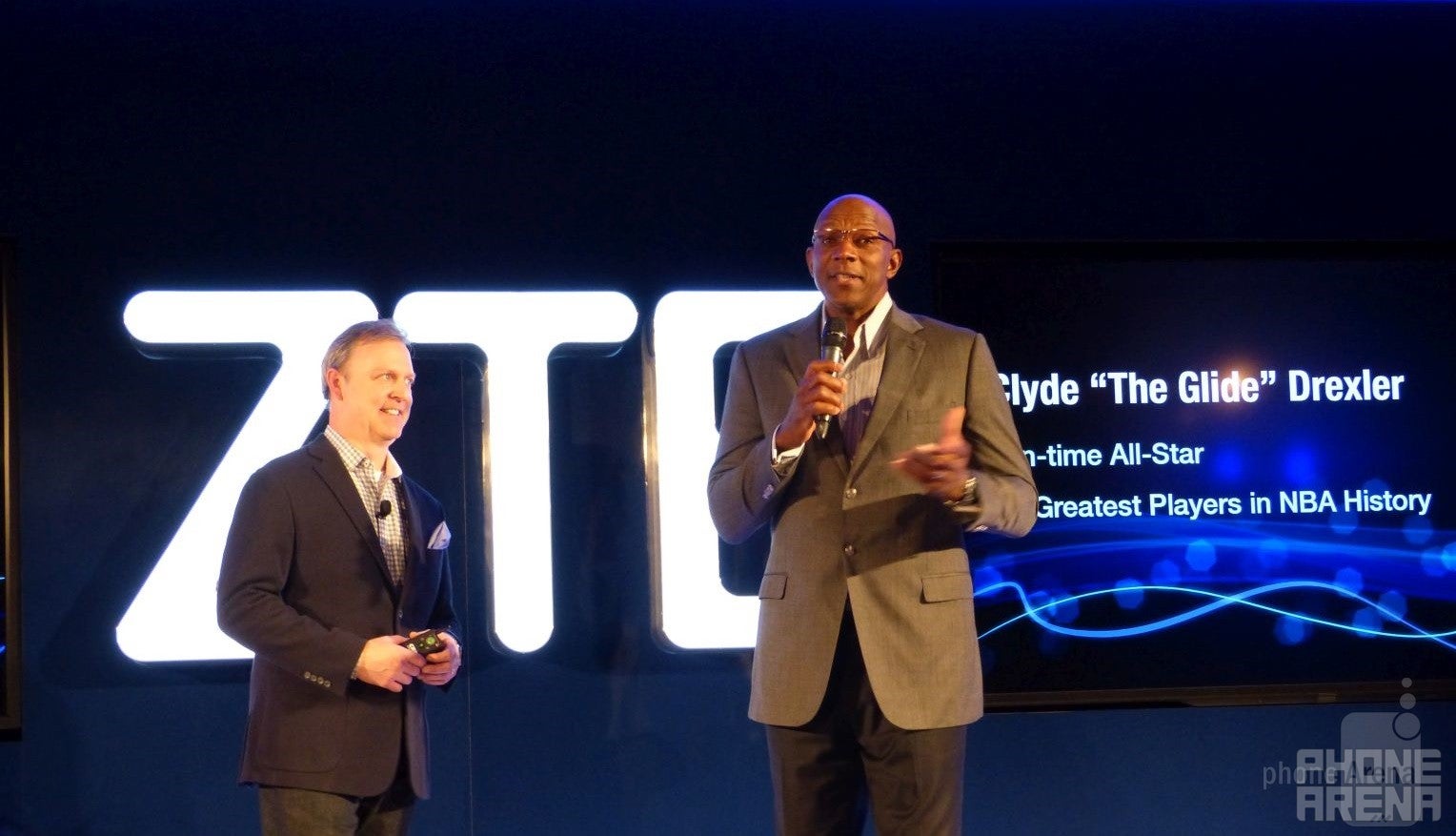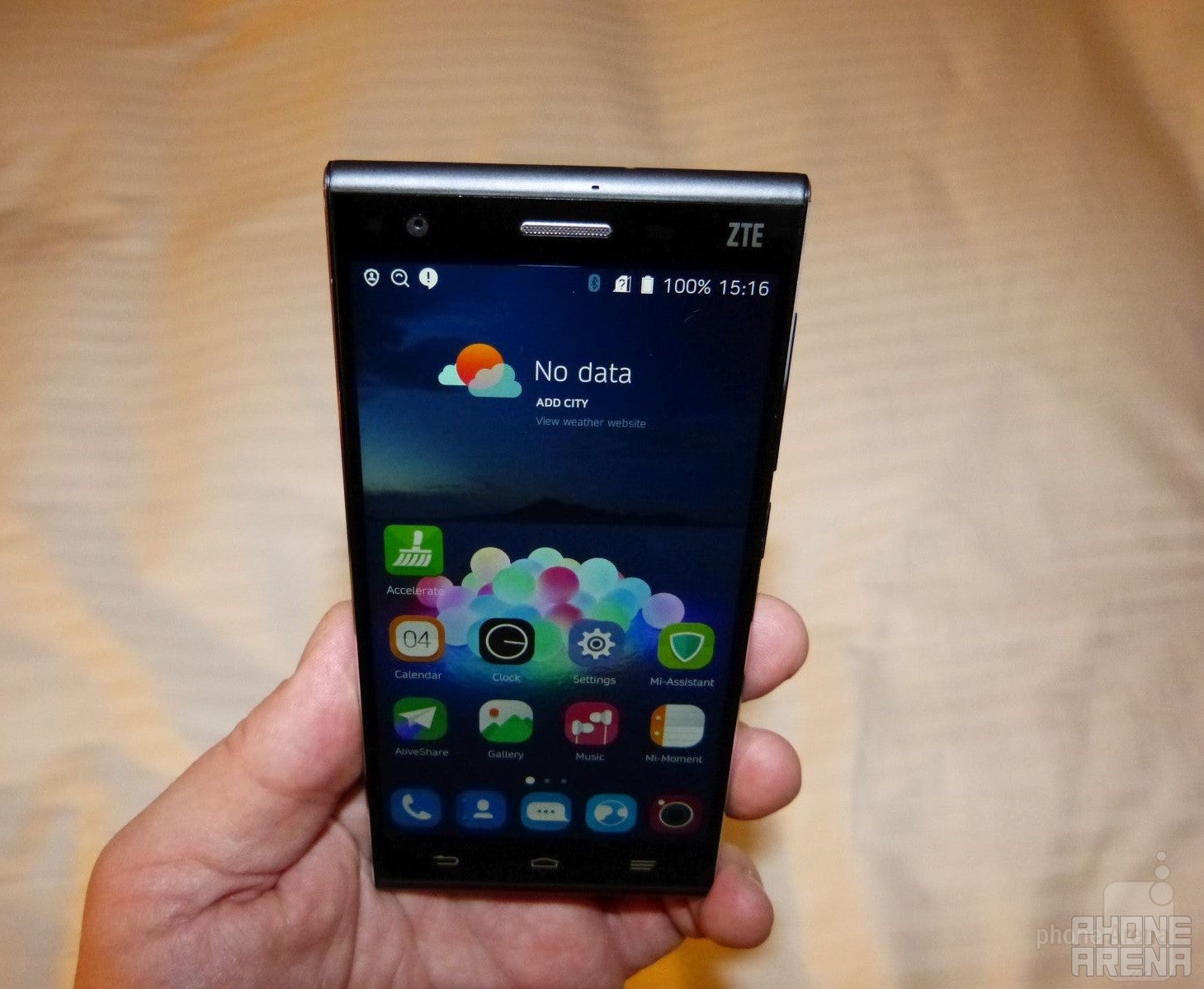From CES 2015 – Brands to watch in the US: ZTE (part 2 of 2)

ZTE USA Chief Executive, Lixin Cheng reports on the company's performance in the US and around the world
During CES 2015, we were afforded the opportunity to meet privately and at-length with Alcatel and ZTE. There, we discussed brand strategies and upcoming devices from the two companies which, up to now, have seen most of their participation in the prepaid segment of the US market.
Zhongxing Telecommunication Equipment Corporation
What we know as ZTE started as a semiconductor company in the mid-1980s and quickly branched out into telecommunications equipment, achieving ISO9001 quality certification before the company was 10 years old.
The company is among the largest telecom switchgear manufacturers in the world, competing with Nokia, Ericsson, Huawei, and Alcatel-Lucent throughout Europe, Asia and developing markets. In the US, ZTE’s infrastructure work has been far more muted due to concerns over the security of its (and Huawei’s) gear, something that the company has been continuously denying. ZTE says it has remained in dialogue with investigators to assuage concerns over such matters.
Current state of the brand

NBA All-Star Clyde Drexler made his pitch, and shared genuine excitement over ZTE, particularly the new SPRO2 smart projector
Brand recognition in the US has increased dramatically over the past year as well, increasing from just 1% in 2013 to 16% in 2014. Its install base in the US is over 20 million consumers, making ZTE the number 2 OEM for no-contract wireless customers.
Strategy summary
ZTE makes some of its devices available to consumers directly, and through its carrier partners, the latter being the strength of ZTE’s growing position. The company has been reaching out to consumers directly to get feedback about the products in the market now, and what they want to see in the future. The company has changed its logo and added the catchphrase, “Tomorrow never waits.”
ZTE is leveraging its position as a switchgear manufacturer to build better mobile phones, apropos since the company holds a significant portfolio of LTE-related patents. ZTE expects to play a role in shaping the 5G standard, which it believes will see wide commercial investment in 2020.
Aside from the direct consumer engagement, ZTE is also heavily invested in research and development in North America, with several R&D centers in place. While this does not give the appearance of customer-facing development, ZTE USA Chairman Lixin Cheng states that “consumers are at the heart of everything we are doing.” To that point, ZTE has developed an Innovation Venture Fund, to help fund, and provide development support for start-ups, and integrate those solutions directly with future ZTE products.
Carriers, carriers, carriers

ZTE USA VP - Technology Planning and Partners, Jeff Yee, introduces the new Grand X Max+ for Cricket, on sales now for just $200 and no contract
R&D and Innovation Venture Fund
ZTE has five research and development centers in North America. At its facility in San Diego, California, the company expects to triple its investment. While these centers enable ZTE to stay engaged with technology and developers alike, the company has already gone one step further. The R&D also allows ZTE to build upon its potent patent arsenal, the company holds about 13% of LTE-related patents, and that buys ZTE a chair at the table as the standard for 5G develops.
At its CES 2015 press event, ZTE formally announced its Innovation Venture Fund. It is going to serve as a spring board for start-ups that want to attain wider distribution for its applications. Currently focused on talent in the Bay Area of California, the venture fund will foster apps which would ultimately find their way on ZTE products first. Given the company’s distribution channels globally though, that is not necessarily a bad thing. The fund has been operating quietly for about the past six months.
Meet the consumer on the ground level, “affordable premium”
Marketing is what will drive consumers to the carriers’ doorsteps. Beyond that however, ZTE has become a big name sponsor of the Golden State Warriors in Oakland, California and is also the official smartphone of the Warriors, Houston Rockets, and New York Knicks.
An established company for an established market

The ZTE Star II would be flagship contender in any market today
Couple the product line with ZTE’s deep understanding of carrier infrastructure, robust patent portfolio, and aggressive pricing schedules, and it is plain to see that ZTE does have a deep bench of talent. The obstacles are what one would expect for mature mobile markets like the US. The market itself is a bit fickle, and the established players have massive troves of cash to throw at endless ad campaigns. Being a multi-billion dollar company in its own right, ZTE can jump in that pool if it wants.
Follow us on Google News









![A new Android bug is making it impossible to install new apps. Are you affected? [UPDATE]](https://m-cdn.phonearena.com/images/article/176703-wide-two_350/A-new-Android-bug-is-making-it-impossible-to-install-new-apps.-Are-you-affected-UPDATE.webp)

Things that are NOT allowed:
To help keep our community safe and free from spam, we apply temporary limits to newly created accounts: